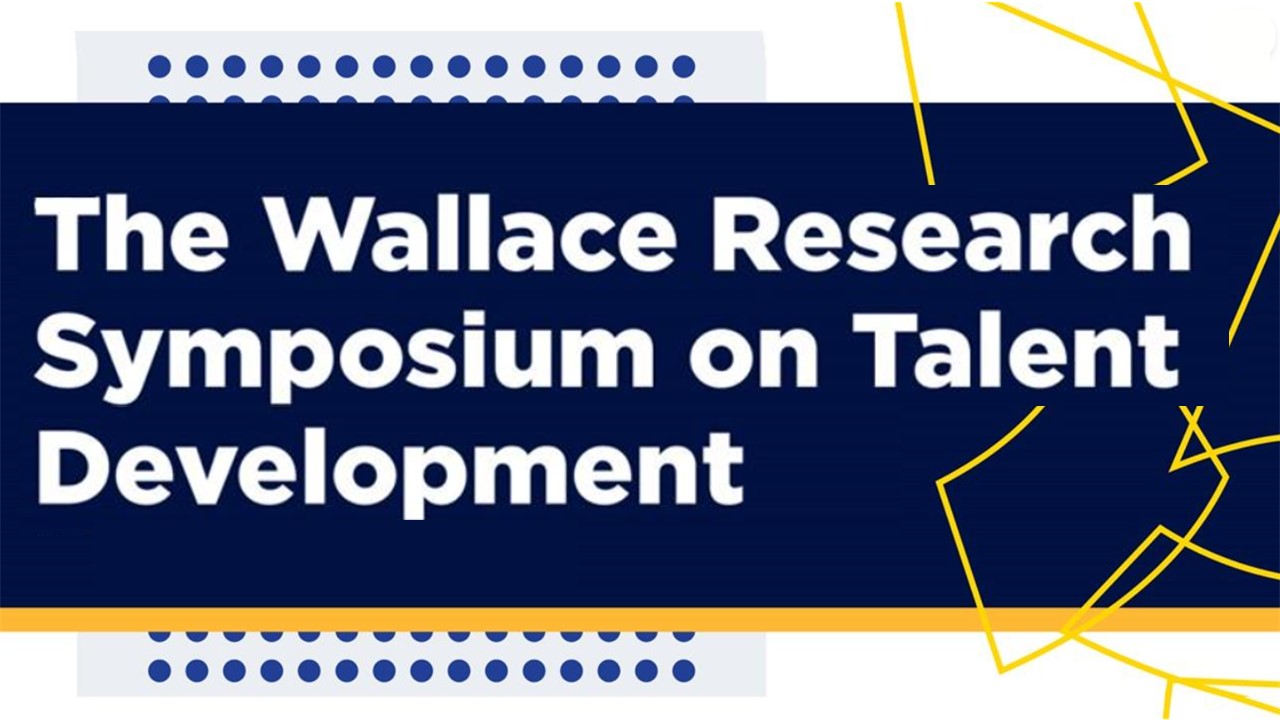
Schedule
Speakers
Campus/Building Maps
Updates
Rodeo, Beading, and 4-H: The Intersection of Place, Rurality, and Gifted Underrepresentation — Norma Hafenstein & Kristina Hesbol
Monday, May 20, 2024, 1:45 – 3:15 pm, Lawrence D. McHugh Hall, Room MCHU 206
Rural gifted education must be considered in relation to place-based education literature to show the complexity within the broad range of rural contexts (Corbett, 2016). Azano et al. (2017) cautioned against the risk of conflating all rural places. Rural gifted students deserve equitable services, programming, curricula, staffing, resources, and research (Rasheed & Callahan, 2021). The purpose of this study was to describe the influence of place on the identification of underrepresented rural gifted learners. Professional learning sessions, focused on bettering the identification and service of traditionally marginalized rural gifted learners, were presented to rural educators. Data were gathered to determine perceptions of giftedness, assumptions regarding the identification of giftedness, the processes of gifted identification, supports and barriers to gifted identification, and services and perceptions of community. Three major themes emerged from the analysis: (a) Data-informed decision making, (b) Increasingly culturally responsive leadership, using inclusive identification processes, and (c) Rethinking family engagement. Each site, valuing its own place-based nuances, developed a more inclusive and representative view of giftedness, resulting in increased numbers of gifted students identified and served.